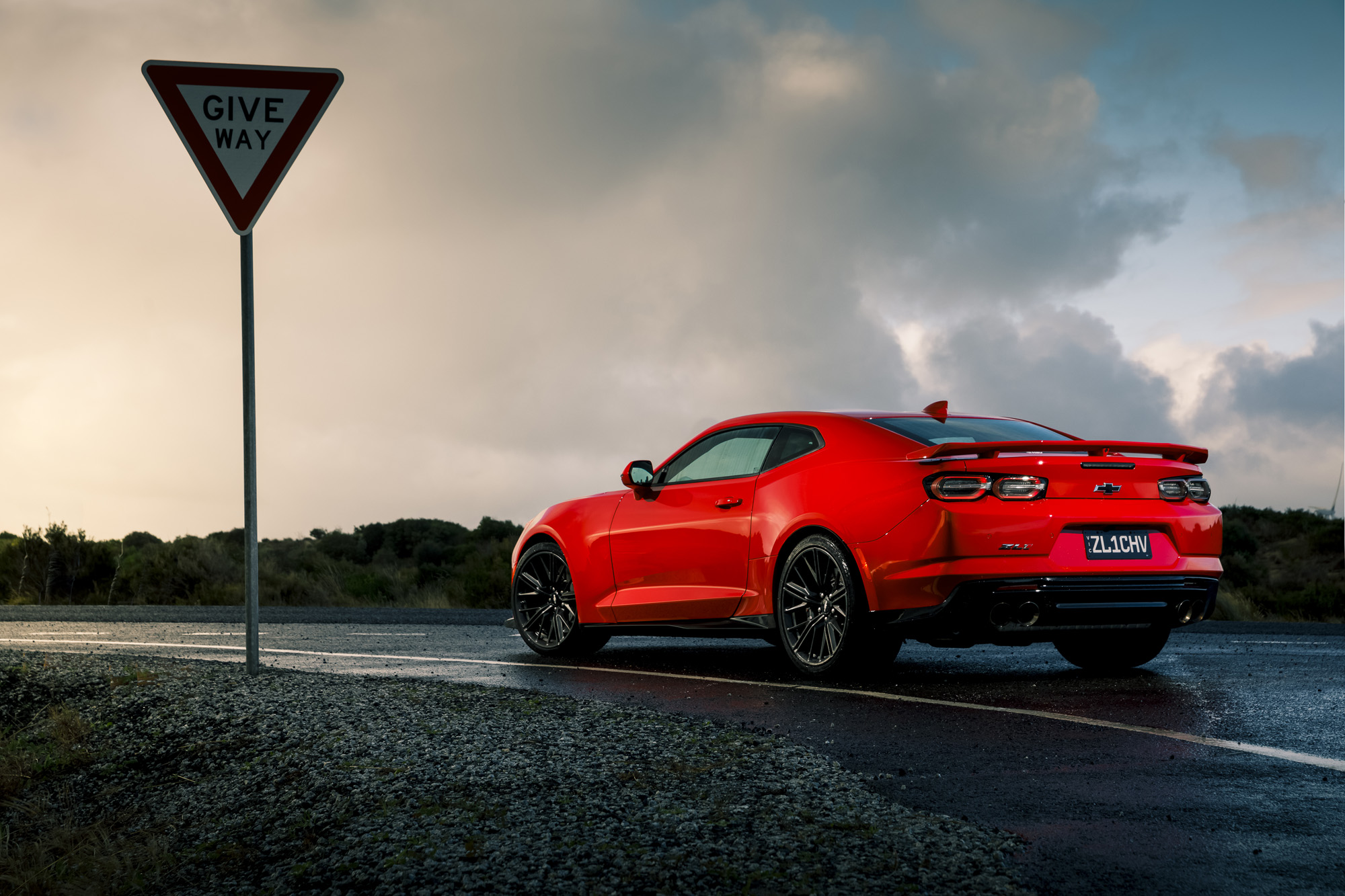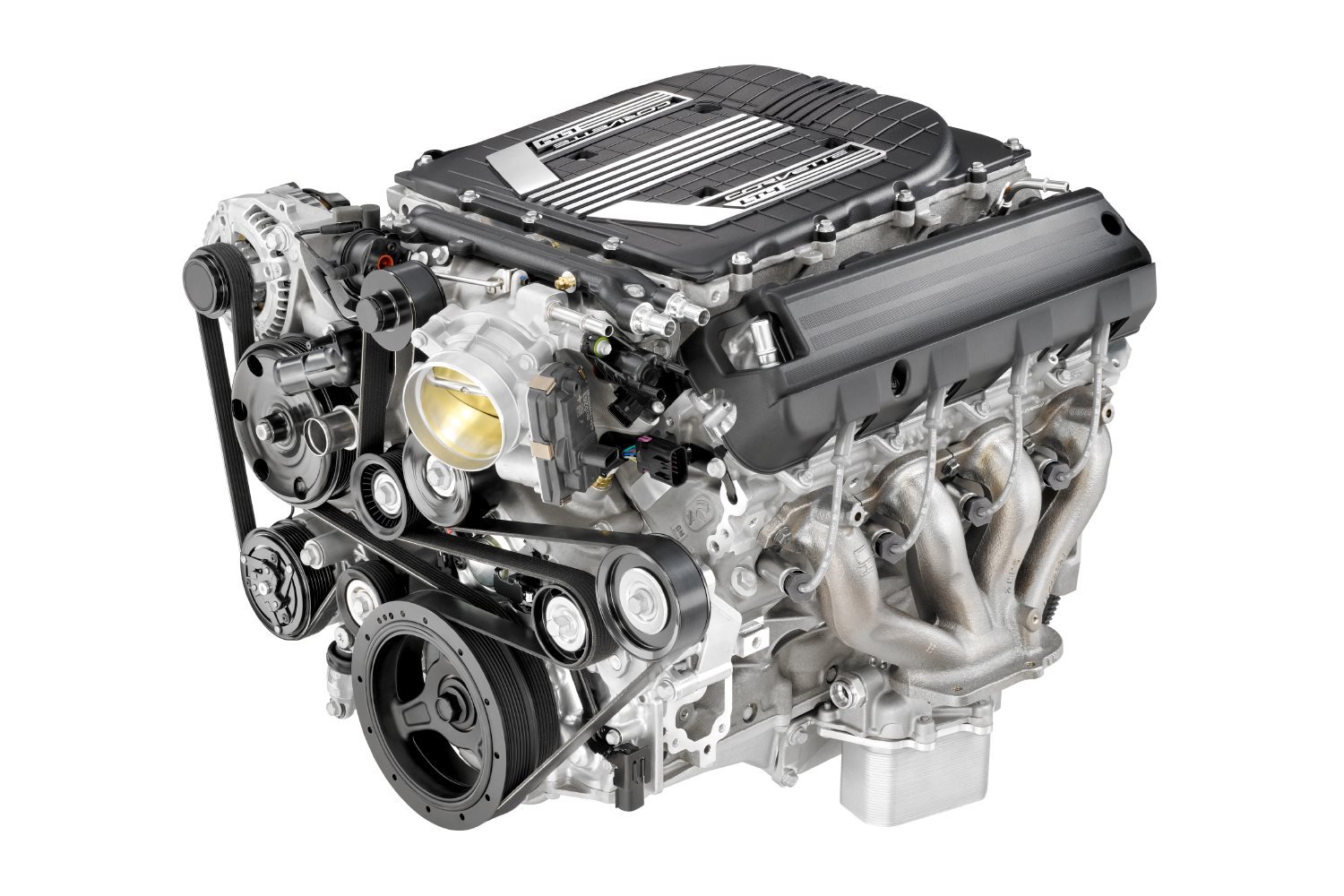Power hungry GM enthusiasts have a new hero in Australia, with the Chevrolet Camaro ZL1 being imported and converted by the good folks at HSV.
The ZL1 is the most powerful iteration of Chevrolet’s Mustang-rivalling coupe, and the secret to its power and theatre is what lurks under the bonnet – the LT4 6.2-litre supercharged V8.
So, we decided we’d dive deep on the engine, and let you know what makes it so special.
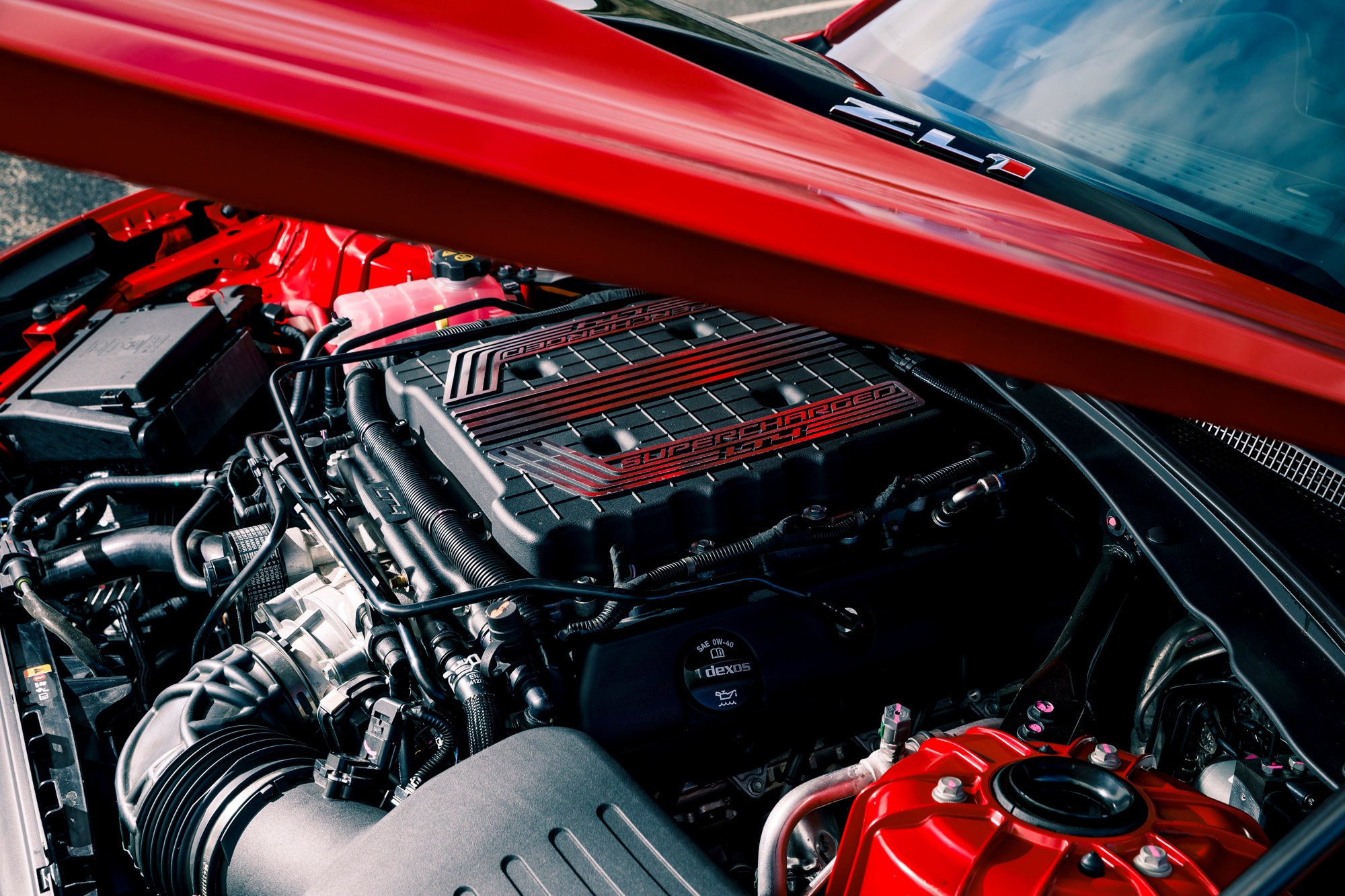
The LT4 is the second most powerful engine fitted to a regular production Chevrolet, behind the 563kW/969Nm LT5 which is fitted to the current ZR1 Corvette. If rumours are to be believed, it could soon be relegated to third, depending on what engine is fitted to the next-gen C8 Corvette. But that’s not to say the LT4 is short on power.
Debuting in 2015 in 485kW guise, the LT4 powered the Chevrolet Z06 Corvette (which is set to be superseded by the next-gen ‘Vette), along with the soon to be out-of-production Cadillac CTS-V (in 477kW trim), and freshly converted for Australia Camaro ZL1.
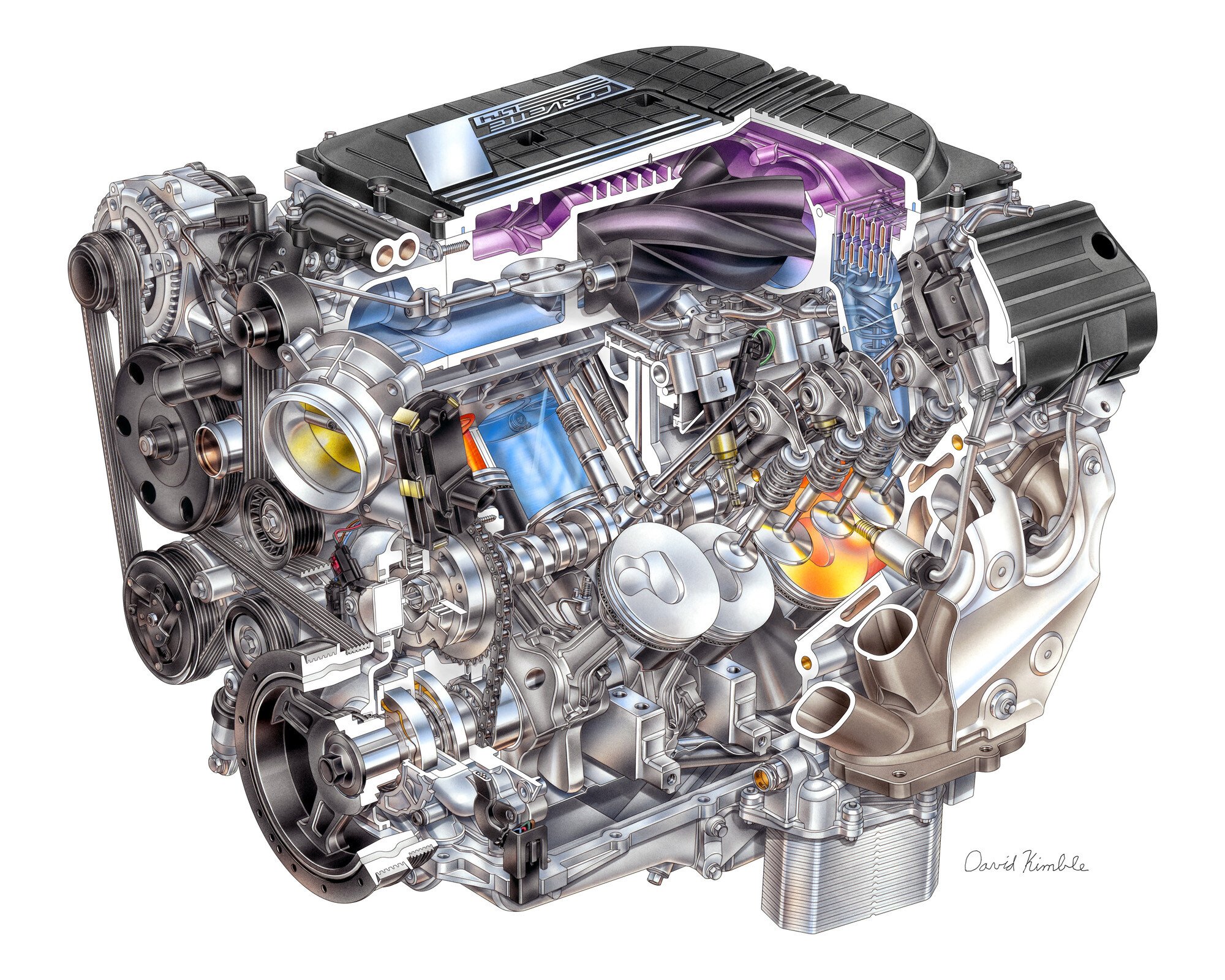
While unchanged for Aussies, the official power figures are changed from 485kW/868Nm to 477kW/881Nm for Australian customers.
This is due to a difference in local testing guidelines. In the US, power outputs are measured with the SAE system. However, in Australia outputs are determined using DIN testing methods, which fit ancillaries and the exhaust system to the engine while it’s on the dyno.
Fitted atop the engine is a 1.7-litre Eaton R1740 TVS supercharger, to which plenty of credit must go for making the LT4 such an engaging mill.
Despite its smaller size compared to the Eaton supercharger that funnelled air into the LS9 (1.7-litre vs 2.3-litre), it spins harder and faster.

The LT4’s supercharger can spin up to 20,000rpm (which is 5000rpm more than the LS9’s), at which point it is generating 9 pounds of boost. The R1740 can also get to 5000rpm quicker than the previous unit, meaning boost is generated quicker. The kicker? This supercharger only produces marginally smaller amounts of boost than the larger unit.
Adding to the LT4’s athleticism is the fact that the supercharger and intercooler is 9kg lighter than what is found atop the LS9. Less weight higher up means a lower centre of gravity.
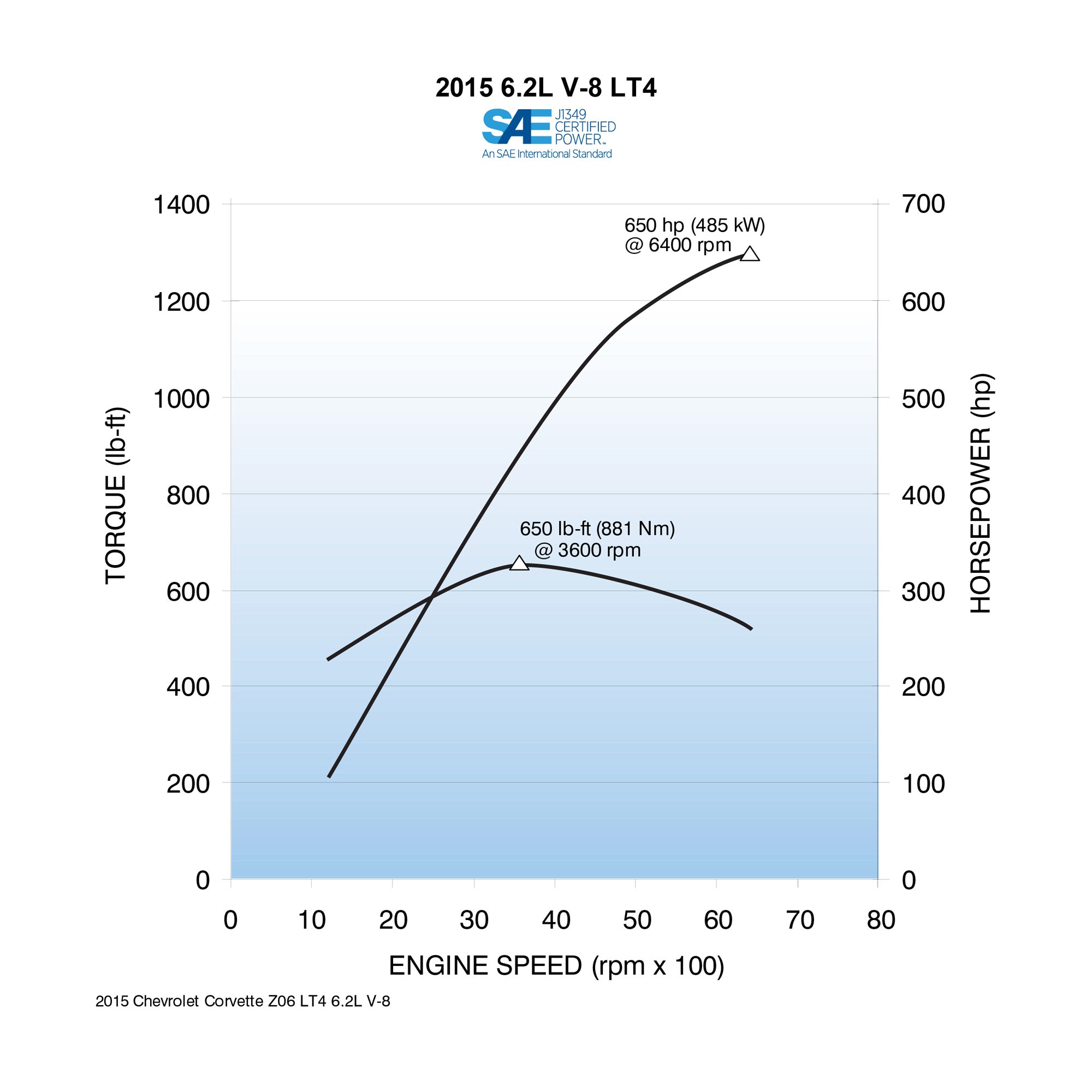
As part of the Gen V Chevrolet small block V8 family, the designs for the LT4 can be traced back to 1995, while its core ethos of a 90-degree V8 formation with a single-cam pushrod valvetrain and 4.4-inch bore spacing goes all the way back to 1955. That’s not to say the LT4 is all old-school cool, with GM injecting new-school tech to keep its V8 hero fresh.
The only components and design in the LT4 left in common with the Gen IV V8s that preceded it are the rod bearings, lifters, and bore spacing.GM decided to use Rotocast A356T6 aluminium cylinder heads for the LT4, which are stronger and handle heat better than conventional aluminium heads. Lightweight titanium intake valves, and forged powder metal steel connecting rods are also utilised. Forged aluminium pistons have a unique structure to provide extra strength, which is handy when you take into account the LT4’s 10.0:1 compression ratio, which is particularly high for a boosted engine, aided by direct injection.
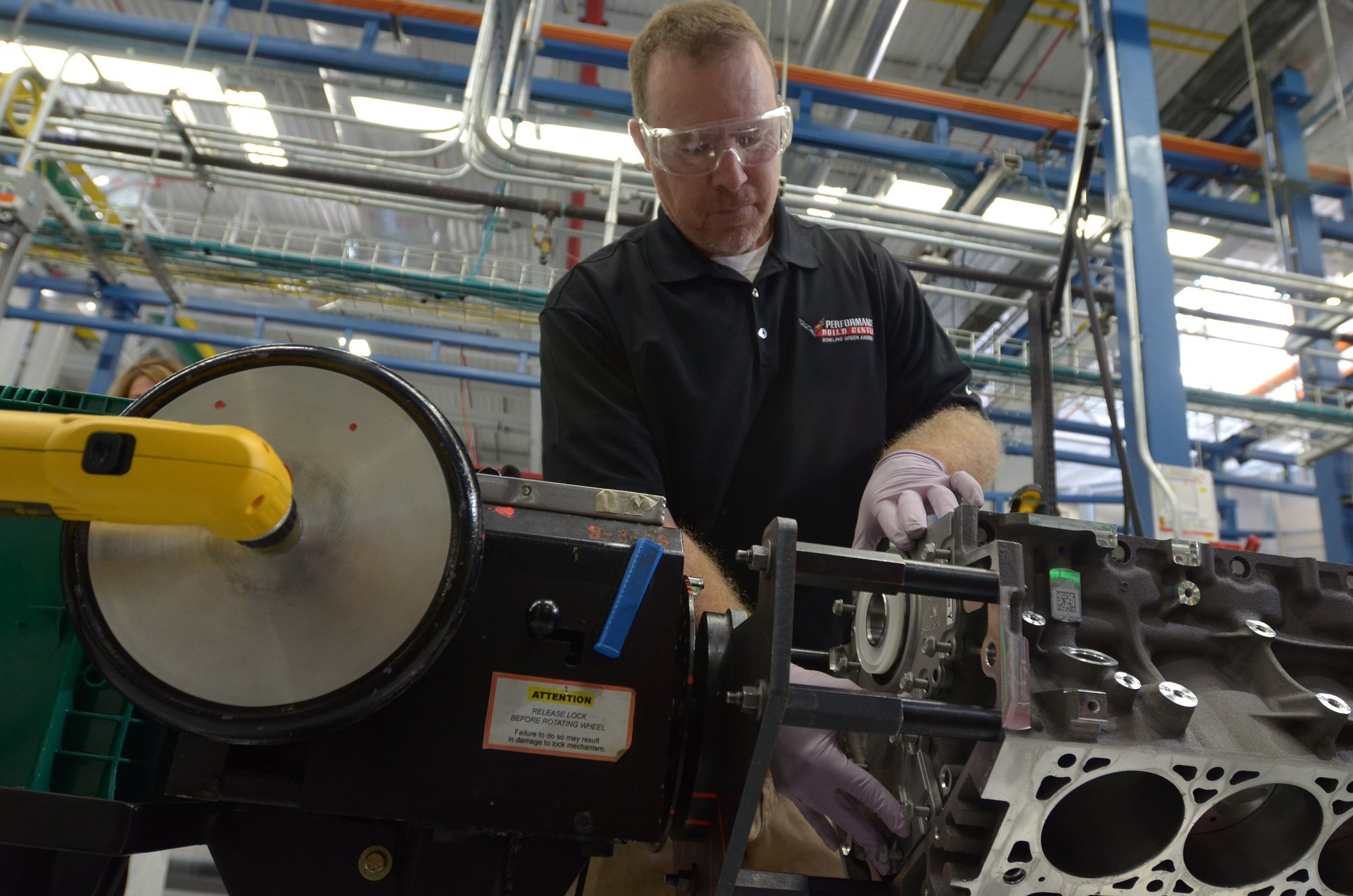
LT4 V8s are built in two locations, with Tonawanda Engine Plant in New York responsible for those fitted to Cadillacs and Camaros, while Z06 powerplants are constructed in Bowling Green, Kentucky.
At the New York facility, robots conduct the majority of the machining, with quality control steps after virtually every step in the process. Humans aren’t involved in the engine’s build process until it is ready for its internals, installing key components like the pistons and crank.
In Bowling Green, things are done very differently, with every LT4 assembled by hand. While it’s traditional for workers to be responsible for just one specific step as the engine rolls down the production line, in Kentucky a single person builds the entire engine from start to finish.

Chevrolet will even offer owners the chance to build their own LT4, with Z06 buyers able to lay down US$5000 (A$7173) to go hands-on alongside a Chevy technician.
Want to know what the LT4-powered Camaro ZL1 is like to drive? Make sure to check at 12:01am Friday, June 7 for our full Australian review.
